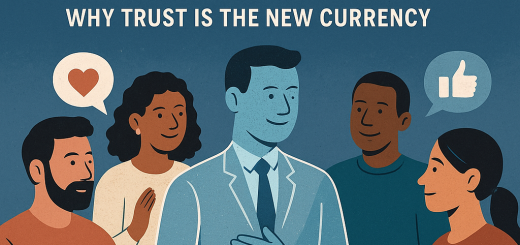Business Model Innovation: Rethinking How Companies Deliver Value
In today’s fast-changing world, it’s not just what companies sell that determines success—but how they deliver value. As markets evolve and customer expectations shift, traditional business models can become outdated. That’s where business model innovation (BMI) comes in—a powerful way for companies to stay competitive, adapt to change, and unlock new growth.
On our official platform, we explore why rethinking your business model is no longer optional and how companies across industries are transforming the way they operate, serve, and succeed.
What Is Business Model Innovation?
A business model defines how a company creates, delivers, and captures value. It includes everything from the product or service offered to pricing, supply chains, customer relationships, and revenue streams.
Business model innovation means changing one or more of these core components to create a new way of doing business. It’s not just tweaking a product—it’s reimagining the foundation of how the business runs.
Examples include:
- Moving from selling products to offering subscriptions
- Shifting from in-store to digital-first experiences
- Turning unused resources into revenue (e.g., Airbnb, Uber)
- Leveraging data as a core value proposition
Why It’s More Important Than Ever
Today’s business environment is more unpredictable than ever. Rapid technological advances, economic shifts, climate change, and changing customer values are forcing companies to adapt quickly.
Key reasons companies are rethinking their models:
- Digital disruption: Online platforms and automation are changing every industry, from retail to healthcare.
- Customer behavior: People expect personalization, convenience, and ethical choices.
- Global competition: New players can enter markets faster and cheaper.
- Sustainability demands: Businesses must now think beyond profit and consider environmental and social impact.
Sticking to an old model in a new world can mean falling behind—or even going out of business.
Real-World Examples of Business Model Innovation
Many of today’s most successful companies didn’t just invent a product—they changed the game through their business models.
1. Netflix
Originally a DVD rental service, Netflix shifted to streaming and later became a content creator. Its subscription-based model, combined with data-driven recommendations, transformed the way people consume media.
2. Tesla
Tesla doesn’t just sell electric cars—it sells a vision. By bypassing traditional dealerships, offering over-the-air software updates, and integrating energy storage and solar power, Tesla created a holistic ecosystem, not just a vehicle brand.
3. IKEA
In 2024, IKEA is exploring a “furniture as a service” model, where customers can lease products and return them for recycling. This aligns with circular economy principles and appeals to eco-conscious consumers.
4. Adobe
Adobe switched from one-time software purchases to cloud-based subscriptions. This move generated recurring revenue, improved customer retention, and allowed constant product updates.
Key Elements to Rethink
If you’re exploring business model innovation, ask questions around these areas:
- Value proposition: Are you solving the right problems for today’s customers?
- Customer segments: Are your targets changing? Can you serve new markets?
- Channels: How are you reaching customers—digitally, in-person, or through partners?
- Revenue model: Could subscriptions, freemium, or tiered pricing work better?
- Key resources: Are your strengths still relevant? Can data or AI be leveraged?
- Cost structure: Can technology reduce costs or increase efficiency?
Innovation can happen by adjusting just one part—or completely redesigning the system.
How to Encourage Innovation Within Your Organization
Business model innovation isn’t just a top-down process. It thrives in a culture that encourages curiosity, experimentation, and collaboration.
Tips to foster innovation:
- Empower teams to question assumptions and test ideas.
- Use design thinking to focus on user needs and rapid prototyping.
- Encourage cross-functional collaboration to bring fresh perspectives.
- Study other industries for inspiration—great ideas often come from outside your sector.
- Track results and adapt quickly if something isn’t working.
Failure is part of innovation. The key is learning and iterating.
The Role of Technology
Technology is both a driver and enabler of business model change. Cloud computing, artificial intelligence, blockchain, and data analytics allow businesses to do things that weren’t possible a decade ago.
For example:
- AI enables hyper-personalized marketing and automated service.
- Platforms like Shopify and Stripe allow startups to scale rapidly.
- Blockchain can increase transparency and trust in transactions.
Rather than viewing tech as a tool, forward-thinking companies integrate it into their core value delivery.
Final Thoughts
Business model innovation isn’t just for startups or tech giants. It’s for any company that wants to stay relevant, grow sustainably, and meet the needs of modern customers. Rethinking how you deliver value can unlock new markets, deepen customer relationships, and give your brand a future-ready edge.
At our platform, we believe that innovation is the foundation of resilience. Whether you’re a small business or an industry leader, now is the time to ask bold questions, challenge assumptions, and design a business model that’s built not just for today—but for tomorrow.


